Full Name Paolo Cirio Education University of Turin Role Artist | Name Paolo Cirio Nationality Italian Movies Street Ghosts | |
Born 1979 Turin, Italy Known for Contemporary art, conceptual art, installation art, intervention art, performance art, Infiltration Art, net art, street art, tactical media, sculpture, hacktivism, culture jamming, transmedia storytelling Notable work OVEREXPOSED, Daily Paywall, Global Direct, (W)orld Currency, Loophole for All, Persecuting.US, Street Ghosts, Hacking Monopolism Trilogy, Face to Facebook, Amazon Noir, Google Will Eat Itself (GWEI), P2P Gift Credit Card, Open Society Structures, Recombinant Fiction, The Big Plot, People Quote People | ||
Paolo cirio transmediale 2014 afterglow art with uses and abuses of big data berlin
Paolo Cirio is a conceptual artist, hacktivist and cultural critic.
Contents
- Paolo cirio transmediale 2014 afterglow art with uses and abuses of big data berlin
- Daily paywall by paolo cirio with 60k stolen financial news for sharing economy coceptual art
- Career
- 2001 2004
- 2005 2007
- 2008 2010
- 2011 2012
- 2013 2014
- 2015 2016
- Awards
- References
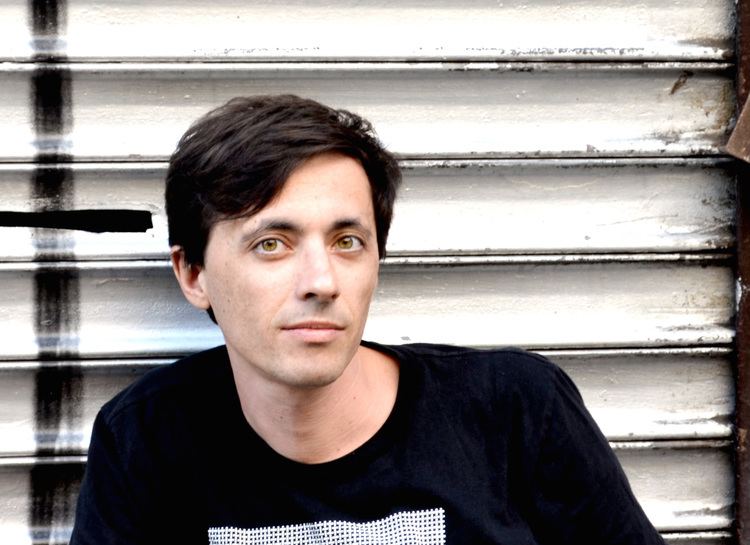
Cirio's work embodies hacker ethics, such as open access, privacy policies, and disrupting economic, legal, and political models. He received a number of legal threats for his Internet art performances with practices such as hacking, piracy, leaking sensitive information, identity theft, and cyber attacks.
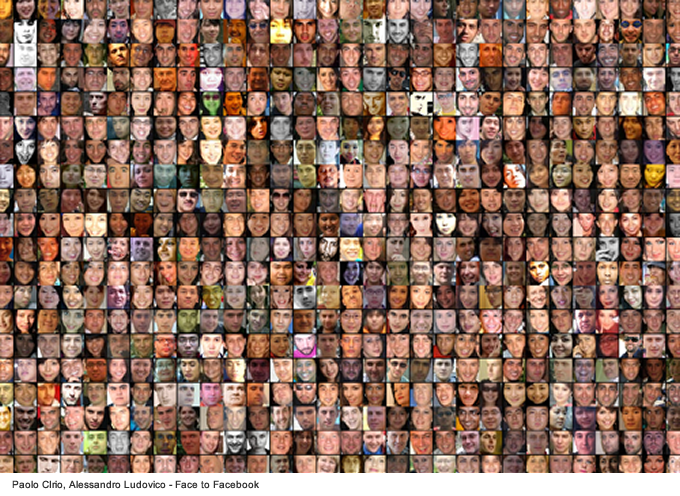
Paolo Cirio is known for having exposed over 200,000 Cayman Islands offshore firms with the work Loophole for All[1] in 2013; the hacking of Facebook through publishing 1 million users on a dating website with Face to Facebook in 2011; the theft of 60000 financial news articles with Daily Paywall[2] in 2014 and of e-books from Amazon.com with Amazon Noir[3] in 2006; defrauding Google with GWEI[4] in 2005; and the obfuscation of 15 million U.S. criminal records with Obscurity[5] in 2016. His early works include his cyber attacks against NATO and reporting on its military operations since 2001[6].
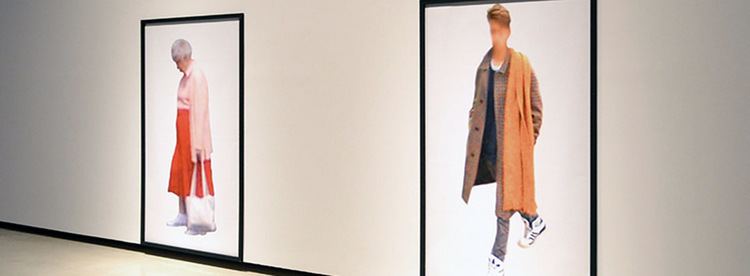
Daily paywall by paolo cirio with 60k stolen financial news for sharing economy coceptual art
Career
Paolo Cirio has won a number of awards, including Golden Nica first prize at Ars Electronica in 2013; the Eyebeam Fellowship in 2012; and Transmediale second prize 2008, among others.
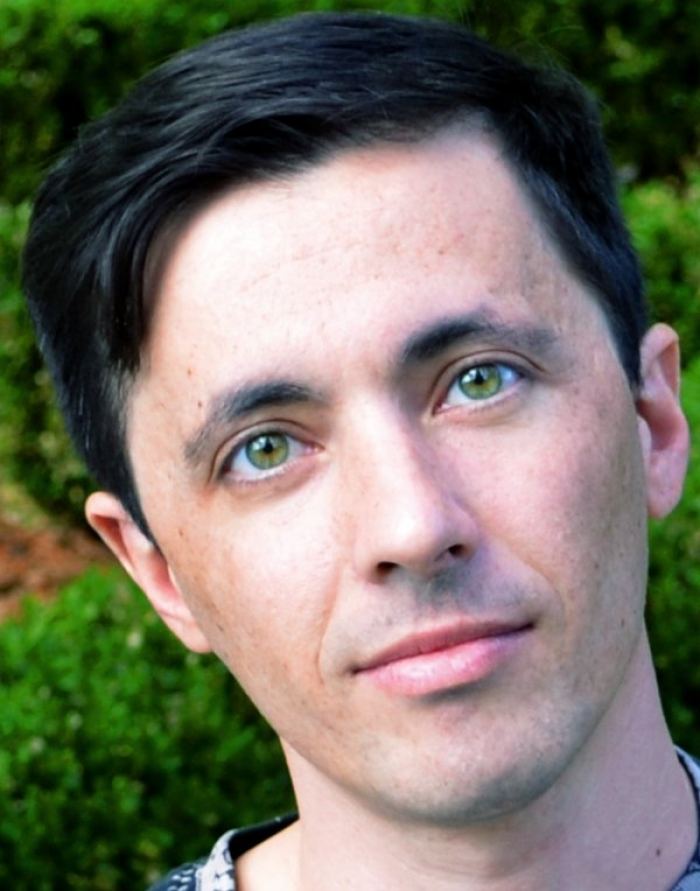
Cirio has exhibited in international museums and institutions, he regularly gives public lectures and workshops at leading universities, and his artworks have been covered by hundreds of media outlets worldwide.
2001 - 2004
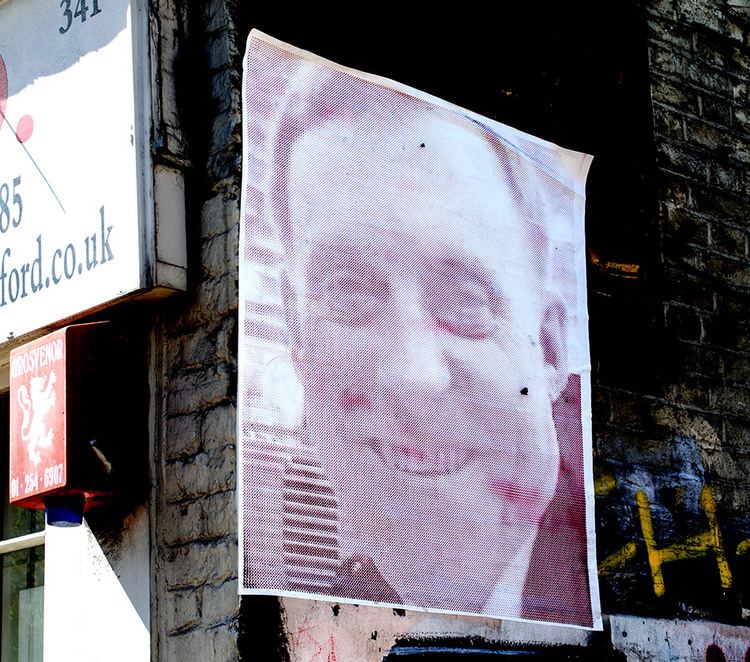
In 2002, Cirio's first international action was called Anti-NATO Day. As an act of Hacktivism he staged a virtual sit-in (DDoS attack) in the NATO website through a Flash Player script. The Canadian Department of National Defence investigated the action and the Eisenhower Institute used it as a case study to identify future vulnerabilities in space security. Cirio promoted the action through an anti-war web portal called StopTheNato.org, which he launched in 2001 and updated periodically until 2006.
In 2004, Cirio joined the Illegal Art Show network, which organized street art happenings in Italy in line with the Temporary Autonomous Zone-philosophy. They occupied public spaces and invited artists to create artwork. Cirio created several street art pieces and organized three such events independently: two in Turin in 2004 and a third in London in 2005.
2005 - 2007
In 2005, Cirio hacked Google's AdSense service by creating internet bots for a click fraud in order to buy Google's shares with its own money. In an attempt to stop the project, Google sent a cease and desist letter to the artists mentioning legal consequences for the project.[7] Cirio worked on the project Google Will Eat Itself (GWEI) in conjunction with Alessandro Ludovico and Ubermorgen. The project questioned the information monopoly of Google and its revenue model.
In 2006 he eluded the protection from Amazon.com with internet bots using the front door of the "search inside" service. He scraped complete texts of books, reassembled them into PDF files, and redistributed them for free. The company refused to comment on the action. In collaboration with Alessandro Ludovico and Ubermorgen, Cirio created the project Amazon Noir to criticize the abuse of copyright laws for the protection of digital content.
Face to Facebook, Amazon Noir and Google Will Eat Itself together form the Hacking Monopolism Trilogy.
2008 - 2010
Between 2008 and 2010, Cirio worked on experimental storytelling which involves actors and audiences for presenting real facts and issues through fictional stories across multiple media platforms. He called this technique of documentary fiction "Recombinant Fiction." This socially engaged genre of transmedia storytelling has resulted in two projects: Drowning NYC (2010) and The Big Plot (2009).
In 2010, in reaction to the late-2000s financial crisis, Cirio created the piece P2P Gift Credit Card - Gift Finance. Cirio issued thousands of illicit VISA credit cards in order to design a creative monetary policy, named "Gift Finance", which is a participatory and interest-free basic income guarantee system. In the following years, he presented the projects in relation to the economic recession and the related Occupy Wall Street protests.
2011 - 2012
Since 2011, Cirio has been addressing the cultural shift and mainstream media attention toward popular perceptions of privacy and ownership of public and personal information, with the projects Street Ghosts, Persecuting.US, and Face to Facebook. The methodology used to create these artworks was eventually formalized in a series called Anti-Social Sculptures.
In 2011, Cirio created Face to Facebook with Alessandro Ludovico. For this piece, Cirio scraped one million Facebook profiles, filtered them with artificial intelligence for facial recognition software, and published 250,000 of them onto Lovely-Faces.com, a mock dating website designed by Cirio, with the profiles sorted according to facial expressions. This resulted in eleven lawsuit threats, five death threats, and four legal letters from Facebook[8]. Within a few days, the project was covered by over a thousand media outlets [9] from around the world including CNN, Fox News, Tagesschau, and Apple Daily.
With the Street Ghosts project in 2012, Cirio recontextualized photos of individuals found on Google Street View, by printing and posting life-sized pictures of people in the exact locations where they were photographed. The posters were wheatpasted on the walls of public buildings without authorization. These interventions took place in public spaces of several major cities, including London, Berlin, and New York.
In 2012, his web project Persecuting.US profiled the political affiliations of over one million Americans who used Twitter during the months leading up to the United States presidential election of 2012. Cirio appropriated the data and algorithmically determined users’ political affiliations to raise awareness on voter profiling and polarization in social bubbles that can be targeted for political manipulation.
2013 - 2014
In 2013, Cirio investigated offshore financial systems with the project Loophole for All. The project made public the list of all the companies registered in the Cayman Islands for the first time, exposing tax evasion practices by counterfeiting Certificate of Incorporation documents signed with his name. This information was published on the website Loophole4All.com, engaging international participation through selling the real identities of anonymous Cayman companies for 99 cents. This provocation elicited reactions from Cayman authorities and global banks as well as legal threats by multinational companies, international law firms, and local Cayman businesses. After three weeks of selling conceptual and subversive artworks in the form of limited editions of firms’ identities, PayPal suspended the account, claiming the sales activity was in violation of PayPal's Acceptable Use Policy.. In 2014 the project won the Golden Nica, first prize of Prix Ars Electronica.
In 2014, Cirio created the Global Direct project, a creative political philosophy that the artist outlined for worldwide participatory democracy within the potentials offered by the Internet. To illustrate the conceptual work, the artist drew a series of fifteen Organizational chart to inspire values and functions for a global and participatory society. The fifteen diagrams of Global Direct were informed by the artist’s research into the social science of ancient, contemporary, and emergent democracy.
In 2014 Cirio created Daily Paywall by hacking the paywall of The Wall Street Journal, Financial Times, and The Economist. Through his paid subscriptions and Scripting language hack, he obtained over 60,000 news articles published during the course of 2014. The pay-per-view content was republished for free on the website DailyPaywall.com and the artist proposed to pay people to read featured financial news articles. Cirio conceived a provocative sharing economy model, where crowdsource practices were put in place to allow and incentivize people to access information on global economic matters. Using this system, readers were able to earn money for every quiz they correctly completed, and journalists were able to claim compensation for their work. Everyone could donate any amount to crowdfund the system. After a few days, the ISP hosting DailyPaywall.com disabled the site after receiving complaints of international Copyright infringement from Pearson PLC, the largest education and publisher company in the world and owner of the Financial Times and The Economist. Additionally The Wall Street Journal proceeded to terminate the artist’s subscription due to a violation of their Terms of Service. In 2016, Pearson sold both The Economist and the Financial Times and Cirio republished the whole content of DailyPaywall.com. He entire artistic act was pre-scripted as a performance for illustrating critical issues on the Information economy that Cirio outlined within the launch of the project.
2015 - 2016
During the spring of 2015, Cirio conducted the street art campaign OVEREXPOSED concerning the aftermath of Edward Snowden’s global surveillance disclosures. He disseminated on public walls unauthorized photos of high-ranking U.S. intelligence officials of the NSA, CIA and FBI, who were accountable for political measures or advocacy for mass surveillance and espionage programs. The photos, mostly selfies from Facebook and Twitter accounts of civilians, were rendered with a particular technique called High Definition Stencils invented by the artist for the street art campaign that took place in NYC, London, Berlin and Paris between April and May 2015. The intervention generated media coverage and public interest internationally and particularly in Germany in connection to the German Parliamentary Committee investigating the NSA spying scandal.
In 2016, Cirio created the project Obscurity in which he obfuscated over 10 million online mugshots and the criminal records of victims of mass incarceration in United States. The project addressed the unregulated mug shot publishing industry that anonymous internet companies exploit in order to shame and blackmail people who have been arrested in the U.S. regardless of their charges and trial verdicts. Cirio six mugshot websites and blurred millions of mugshots and shuffled names listed. In response he received support from mugshot extortion victims and was subject to a legal threat from Mugshots.com, an anonymous firm in Nevis, and US Data ltd., a Texan firm owning a few mugshot websites. With Obscurity, Cirio questioned the Right to Be Forgotten law, which has been opposed by major search engine companies in the U.S. Ultimately, to point out the accountability of search engines in exposing personal sensitive information, Cirio designed the campaign Right2Remove.us to introduce a privacy policy adapting the Right to Be Forgotten law to the United States. With the Right to Remove policy, Cirio suggested types of sensitive personal data that should be removed from online search results to protect specific categories of vulnerable individuals.
Awards
Selected awards include:
